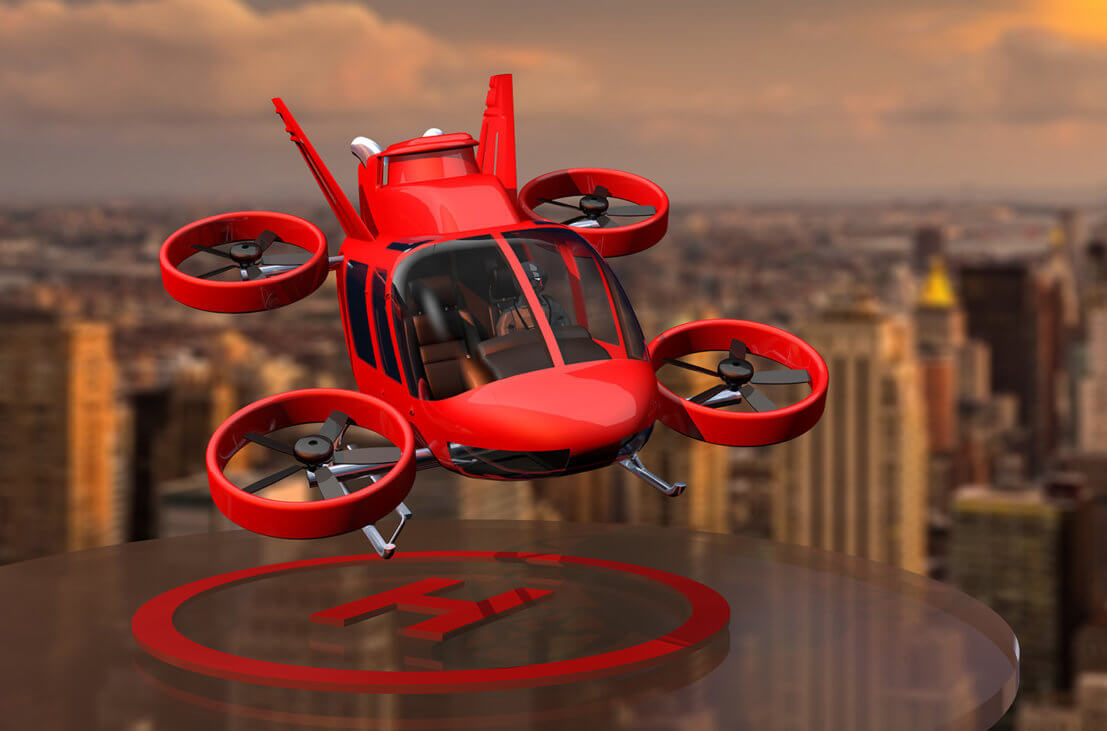
Aug, 4, 2022
Officials with the Biden administration expressed strong support for the responsible development of a safe and robust advanced air mobility (AAM) industry during an Aug. 3 AAM Summit at the White House.
Hosted by the Office of Science and Technology Policy and the National Security Council, the event featured representatives from NBAA’s AAM Roundtable, as well as other manufacturers, infrastructure developers, government transportation officials and community leaders.
“There’s a lot of work to do to move toward AAM integration, and we will need a broad collection of voices at the table,” said FAA Acting Administrator Billy Nolen. “We encourage communities to get involved now, while we’re in these early phases, and we need to continue to hear from industry.”
Topics included the development of necessary infrastructure to support AAM operations, and the need for sensible regulatory guidance and financial measures to drive development of AAM and electric vertical takeoff and landing aircraft (eVTOL), which are key to advancing aviation sustainability.
“The reliability of electric propulsion is a gamechanger,” said JoeBen Bevirt, founder and CEO of Joby Aviation, an NBAA AAM Roundtable member. “[It also] gives us the ability to think differently about aircraft design, to build aircraft that are less expensive to operate, quieter, safer and [with] capabilities that we just a short time ago didn’t believe were possible.”
“We possess the opportunity to lead in UAS and AAM,” said Kyle Clark, CEO of eVTOL cargo vehicle developer Beta Technologies, also an AAM Roundtable member. “We have the best companies in the world and their technical performance is awesome … but will we retain those leaders [if we don’t] make the next steps around the regulatory environment and manufacturing?”
NBAA President and CEO Ed Bolen, who was on hand for the daylong White House event, noted the optimism and enthusiasm from government and industry leaders for the potential of on-demand aviation technologies to dramatically enhance the nation’s economic and transportation systems. “It’s encouraging to see this level of discourse and collaboration among stakeholders in this exciting, emerging industry, and to have this level of support from the highest levels of our government.”
That sentiment was echoed by Nolen, who noted the FAA has “a comprehensive integration strategy for drones and AAM” involving partners at NASA and the Departments of Defense and Homeland Security, among other federal agencies.
“When it comes to exciting new technologies such as AAM, our mission is to constantly advance our outstanding level of safety, without stifling the innovators,” he said. “We aim to be a gateway, not a hurdle.”


 International Business Aviation Council Ltd.
International Business Aviation Council Ltd.